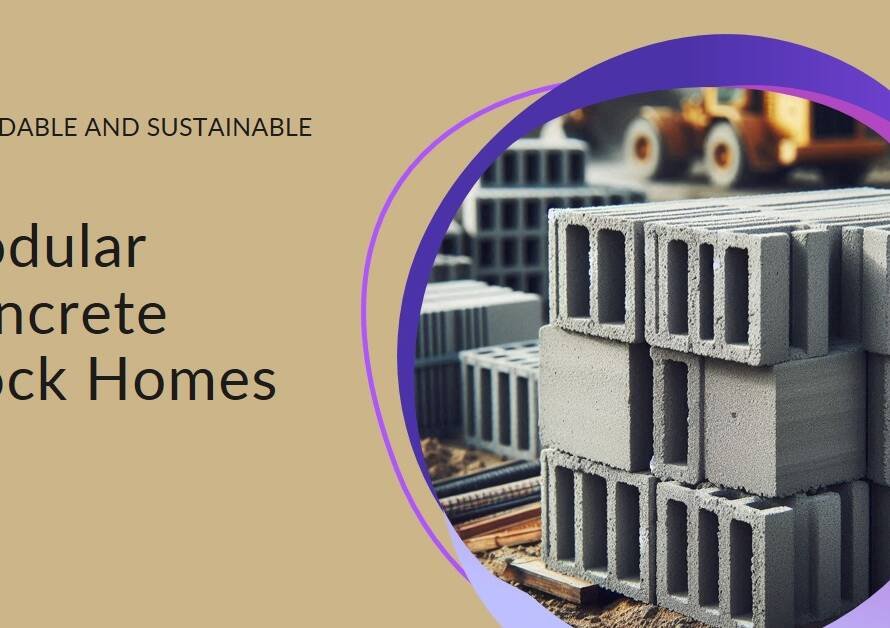
Table of Contents
Introduction: The Imperative of Sustainable Materials
Sustainable Material – In an era where environmental concerns loom large and the effects of climate change become increasingly palpable, the construction industry stands at a crossroads. As society grapples with the need to reduce carbon emissions and minimize ecological footprints, the importance of sustainable materials in construction cannot be overstated. These materials offer a pathway to a greener, more resilient future, where buildings not only provide shelter but also contribute to the well-being of the planet.
Understanding Sustainable Materials: Beyond the Basics
Sustainable materials encompass a wide array of options, ranging from recycled metals and reclaimed wood to innovative composites derived from renewable resources. What sets these materials apart is their reduced environmental impact throughout their lifecycle, from extraction and manufacturing to use and disposal. Unlike traditional building materials, which often rely on finite resources and generate significant waste, sustainable alternatives prioritize efficiency, durability, and recyclability.
The Environmental Benefits of Sustainable Materials
One of the primary advantages of sustainable materials lies in their ability to mitigate environmental harm. By minimizing resource extraction, reducing energy consumption, and curbing emissions, these materials help address key sustainability challenges facing the construction industry. For example, using recycled steel instead of virgin steel can significantly lower carbon emissions and conserve natural resources. Similarly, opting for bamboo flooring over hardwood alternatives preserves fragile ecosystems and promotes biodiversity.
Economic Considerations: The Cost-Effectiveness of Sustainability
Contrary to popular belief, incorporating sustainable materials into construction projects can be economically viable in the long run. While upfront costs may sometimes be higher than those associated with conventional materials, the lifecycle savings and potential for reduced operational expenses often offset these initial investments. Additionally, as sustainability becomes increasingly prioritized by consumers and regulatory bodies, buildings constructed with sustainable materials may command higher resale values and attract a broader market.


Innovations Driving Sustainable Solutions
The realm of sustainable materials is constantly evolving, driven by technological advancements and a growing awareness of environmental issues. From bio-based polymers to photovoltaic-integrated glass, innovative solutions are emerging to meet the diverse needs of the construction industry. By harnessing the power of renewable energy, smart materials, and circular design principles, architects and engineers are redefining what it means to build sustainably in the 21st century.
Case Studies: Real-World Applications of Sustainable Materials
Across the globe, pioneering projects are demonstrating the transformative potential of sustainable materials in construction. From net-zero energy buildings powered by solar panels to modular structures constructed from recycled plastic, these case studies showcase the feasibility and effectiveness of sustainable design practices. By highlighting successful examples, stakeholders can gain valuable insights and inspiration for their own endeavors.
Challenges and Opportunities Ahead
Despite the progress made in advancing sustainable materials, significant challenges persist. Limited availability, higher upfront costs, and regulatory barriers often hinder widespread adoption. However, these obstacles also present opportunities for innovation, collaboration, and advocacy. By fostering a supportive ecosystem and incentivizing sustainable practices, policymakers, industry leaders, and consumers can collectively drive meaningful change.
The Role of Education and Awareness
Education plays a pivotal role in fostering a culture of sustainability within the construction industry. By equipping professionals with the knowledge and skills to evaluate, select, and implement sustainable materials, educational institutions and training programs can empower the next generation of architects, engineers, and builders. Furthermore, raising awareness among consumers about the benefits of sustainable buildings can stimulate demand and encourage market transformation.
Conclusion: Building a Brighter Future, One Material at a Time
As we confront the challenges of a rapidly changing world, the importance of sustainable materials in construction cannot be overstated. By prioritizing environmental stewardship, economic viability, and social responsibility, stakeholders can pave the way for a more sustainable built environment. Through innovation, collaboration, and a shared commitment to sustainability, we have the power to shape a future where buildings not only stand as testaments to human ingenuity but also serve as beacons of hope for generations to come.



